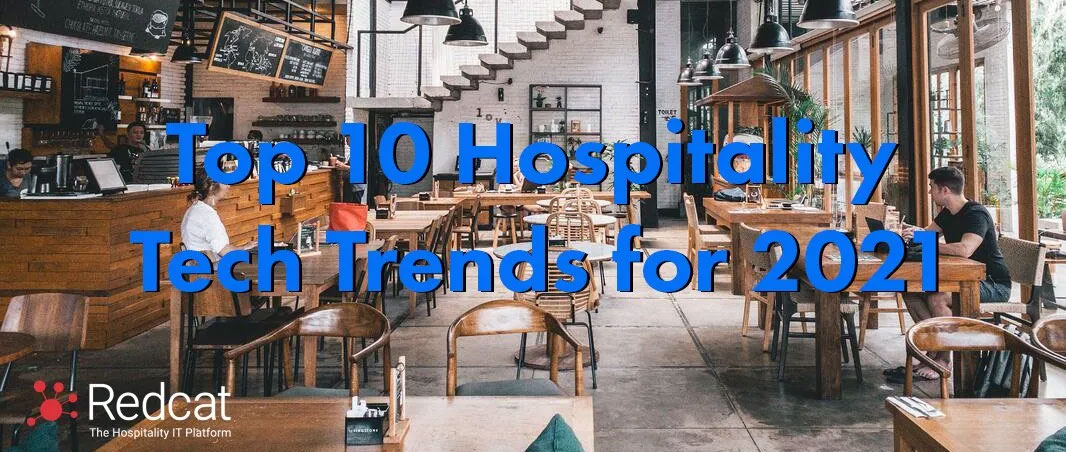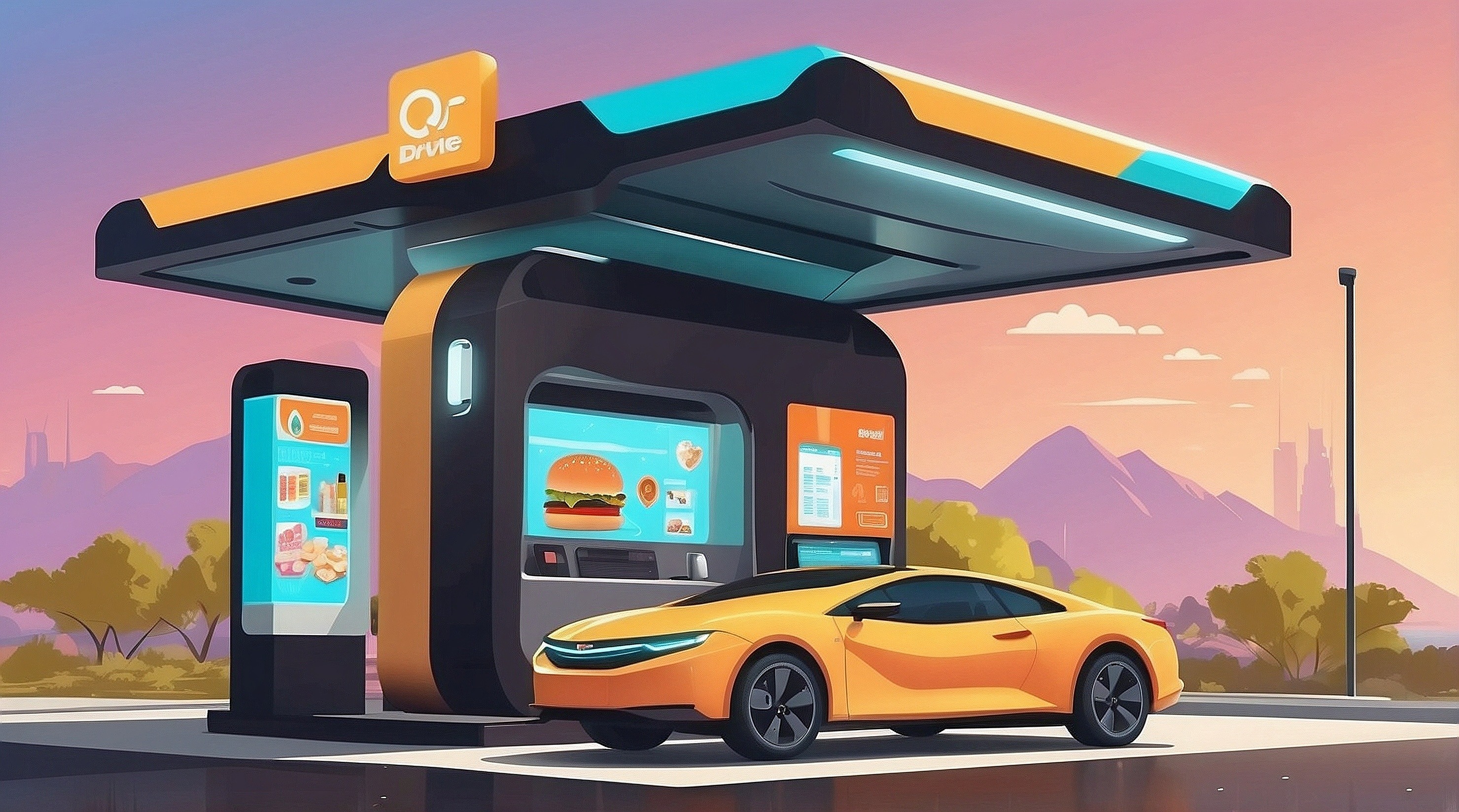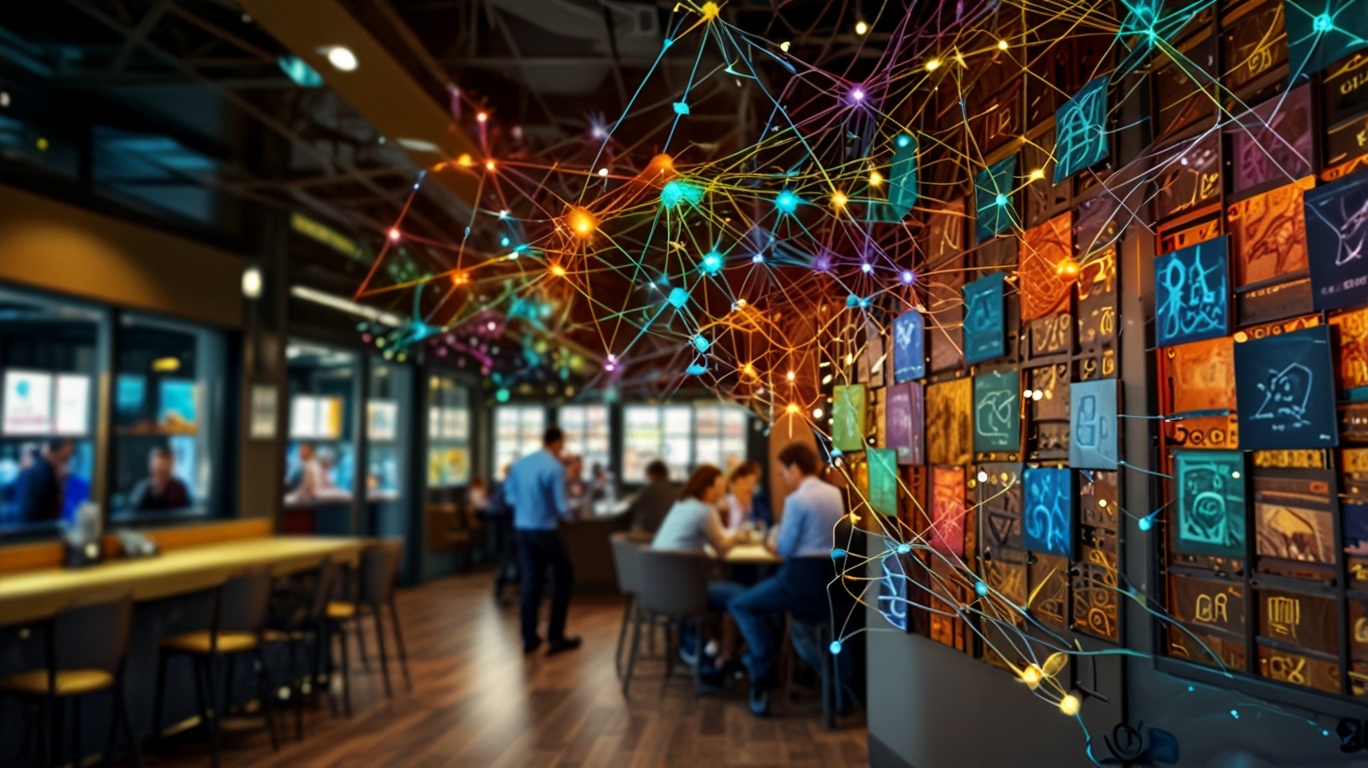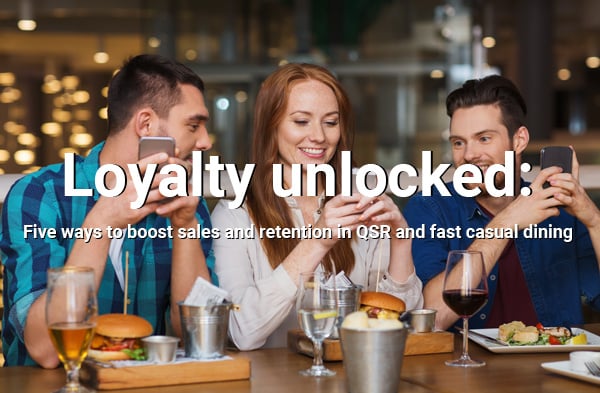Most people, especially in the hospitality sector, were very glad to say goodbye to 2020. A tough and challenging year for all, but none more so than restauranteurs, coffee shop owners, QSR franchisees - anyone whose work is based on providing food and drink services. 2020 changed the face of the hospitality industry - but whilst the year was tough, we see it driving change that will have a long lasting positive impact on the sector. Out of the pain and difficulty of the pandemic has come innovation and transformation. The pandemic has seen new trends emerge, and existing trends accelerated.
Here’s our take on the top ten trends in hospitality for the year ahead:
- Dark kitchens - with dine-in being off the menu for much of 2020, dark kitchens came into their own and will continue to be a growing trend in 2021. Dark kitchens - that is kitchens without any form of customer setting, be it take-away or eat in - prepare food solely for collection and delivery by the likes of Uber Eats, DoorDash or Menulog. With lower costs than a high street presence, economies of running several diverse menus or brands from a single site, they are one of the fastest accelerating trends and one that will continue to appeal in 2021.
- Virtual brands - closely tied to dark kitchens is the growth of the virtual brand. These are brands that exist only online, with no physical outlets (the hospitality equivalent of the online retailer with no bricks and mortar stores). Virtual brands allow operators to bring new concepts to the market very rapidly and offer customers a far wider range of options for delivery to their doorsteps. They certainly existed before 2020, but the lockdown accelerated the rate of growth and we see them as a permanent fixture on the hospitality landscape in the future.
- Online order integration - whilst Australians are delighted to be back in restaurants in 2021, home deliveries are an ingrained part of how we eat in 2021. With ever more orders, restaurants have to be able to process them accurately and fast. A trend that we’re seeing is restaurants integrating their online orders directly into their POS, making processing much more efficient. It eliminates rekeying an order from an aggregator terminal into the POS, saving staff time, eliminating human errors and handling orders much faster.
- Paperless menus - cutting down the number of surfaces in a restaurant that are touched by multiple people and therefore have to be sanitised is something that is likely to continue well into 2021. One of the first things to go was the laminated menu - it’s being replaced by digital paperless menus, which diners access on their own device, or menu boards using digital signage. Not only does this reduce the risk of infection spread, it saves the cost of menu production, and allows restaurants to make frequent, even real-time, change.
- Self-service ordering - digital ordering boards are business as usual in many QSRs. With dine-in restaurants replacing paper menus with a mobile app, we see this trend expanding. Diners using the app are able to place their own orders which flow directly into the POS.
- Contactless payment - another trend that started well before the pandemic, but which was rapidly accelerated by social distancing. Contactless forms of payment, such as Apple Pay, Samsung Pay, Google Pay will continue to be more common in 2021 and we’re seeing an increased awareness of the need to have these forms of payment integrated directly into POS. Restaurant Brands International (RBI) in the US has partnered with Verifone to introduce contactless payment via menu-ordering board at drive-throughs, increasing safety and making the order and payment process faster.
- Mobile friendly, proactive loyalty - the hospitality industry understands the value of loyalty, and throughout 2020 some restaurants, cafés and QSRs were able to strengthen their customer relationships even in difficult times. A well-planned and executed loyalty program will continue to be an important way for hospitality providers to differentiate themselves in 2021. The key trend we’re seeing here is the recognition that loyalty programs must be mobile friendly and the value of being proactive, with more and more providers sending out alerts, vouchers and offers.
- Value of data - the growth of online orders, online bookings and the continued focus on loyalty has made the hospitality industry even more aware of value of data. It helps to identify market trends, and customer preferences and it will continue to give operators a massive opportunity for understanding customer preferences and to get really smart with profiling and tailored marketing.
- Personalised offers - with data comes the ability to tailor offers. We’re used to the idea of digital signage menu boards making offers based on local weather, time of day or stock levels. But in an exciting new variation, RBI, who operate Burger King in the US are rolling out drive-through menu boards that can read loyalty data and offer completely personalised order suggestions based on previous purchases and preferences.
- Robot deliveries - we’ve seen a big rise in the need for ‘contactless delivery’, and the next trend is to remove the human element altogether and replace it with delivery via self-driving vehicles. Nuro, a self-driving delivery company in the US, has already delivered take-away pizzas using this technology and we see it as offering an exciting opportunity to the Australian hospitality market in the future.
For many Australians, one of their greatest pleasures post-lockdown will be getting back into restaurants. But the impact of the pandemic will generate long-term changes in the way that the sector operates, and particularly in the way it harnesses the power of technology. There are some very exciting times ahead for those in hospitality - we see 2021 as a year of opportunity and exciting times for hospitality.



